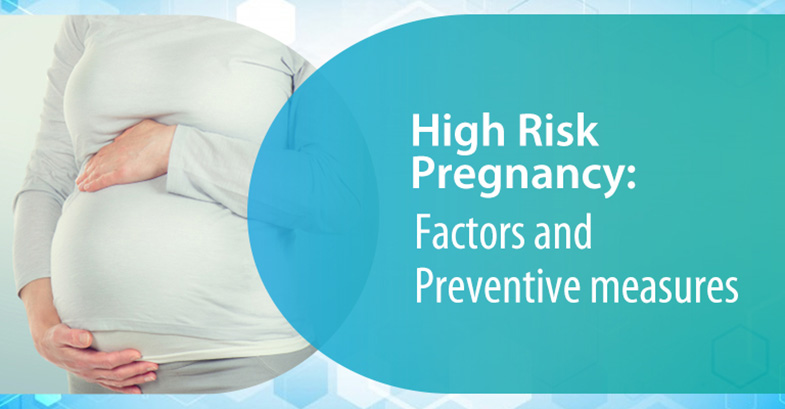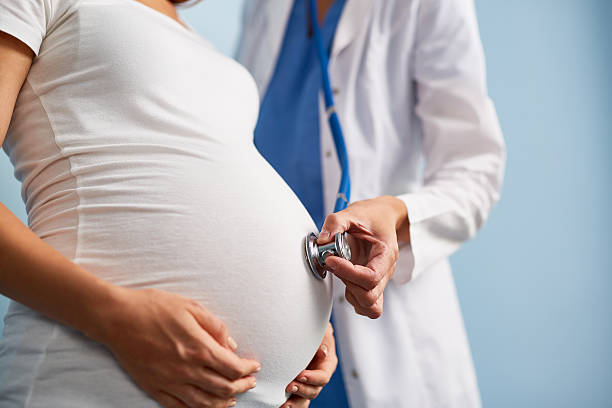
When there are complications that could endanger the mother, the baby, or both, the pregnancy is considered high-risk. High-risk pregnancies must be treated by a professional to guarantee the best possible outcome for the mother and baby.
To have safe pregnancies and straightforward births, many women benefit from early prenatal care and regular prenatal visits.
High-Risk Pregnancy Risk Factors
- Maternal age: One of the most common risk factors for a high-risk gestation is the pregnant woman’s age. Women who are under the age of 17 or over the age of 35 are more likely to experience complications than those who are in their late teens or early twenties. The chance of miscarriage and genetic issues increases significantly beyond the age of 40.
- Current medical conditions: diabetes, high blood pressure, autoimmune disease, sex-transmitted infections, HIV infection, or depression.
- Obesity and being overweight: Obesity increases the risk of gestational diabetes, hypertension, preeclampsia, stillbirth, neural tube defects, and cesarean delivery.

A high-risk pregnancy has a history of miscarriages, issues with previous pregnancies, or a family history of genetic illnesses.
Visit your doctor before getting pregnant if you have a medical issue. Your doctor may prescribe additional tests, change your medication, or give you advice on how to safeguard the health of both you and your unborn child.
Pregnancy-related medical problems. Even if you are healthy when you get pregnant, it is still possible for illnesses that could damage you and your unborn child to develop or be discovered.
Pregnancy Related Issues
- The term “premature labor” refers to labor that starts before the 37th week of pregnancy. Premature births account for 12% of all babies in the US. Later-life health issues or developmental difficulties are more likely to affect preemies. There are several risk factors that women should be aware of, such as specific infections, a shorter cervix, or a history of premature birth, even if it is impossible to determine which women will give birth prematurely. Risks of multiple pregnancies include premature birth, gestational diabetes, and pregnancy-induced high blood pressure. These pregnancies are on the rise as more women turn to infertility treatments. These infants are more prone to experience long-term health problems like cerebral palsy or delayed development. Remember, though, that the majority of multiples are born in good health.
- If you have multiple births, you are probably carrying more than one child (twins, triplets, quadruplets, etc.). Risks of multiple pregnancies include premature birth, gestational diabetes, and pregnancy-induced high blood pressure. These pregnancies are on the rise as more women turn to infertility treatments. These infants are more prone to experience long-term health problems like cerebral palsy or delayed development. Remember, though, that the majority of multiples are born in good health.
- Placenta previa is a disorder during which the placenta overlaps the cervix. If the mother is experiencing contractions, this condition can cause bleeding. To reduce the danger of hemorrhage to the mother and unborn child, the doctor may advise a cesarean section if the placenta is still concealing the cervix at the end of pregnancy.
- Ultrasound occasionally reveals fetal problems. About 2% to 3% of all neonates have a minor or significant structural problem with development. Fetal defects may run in the family, but these challenges are not always foreseeable.
Women with high-risk pregnancies should receive care from a specialist team of healthcare professionals to ensure the best results.
